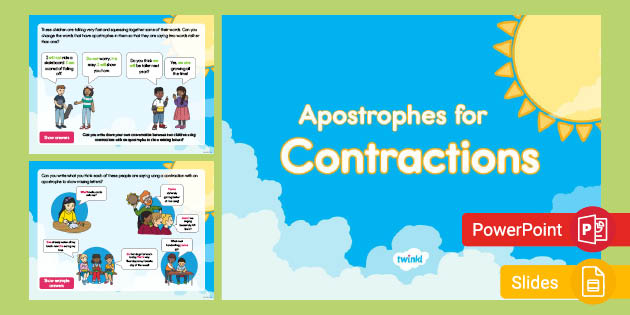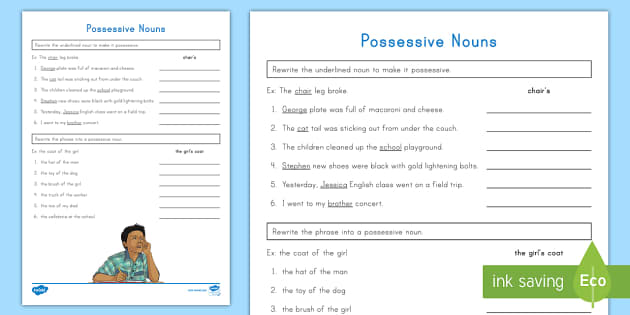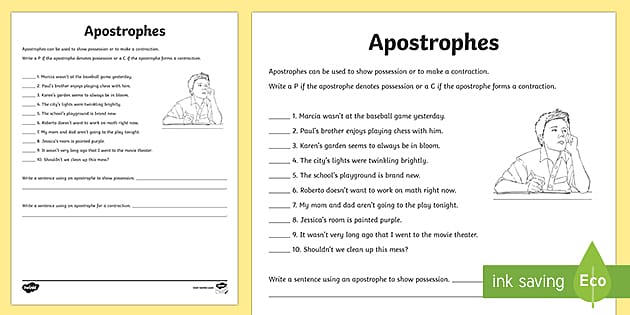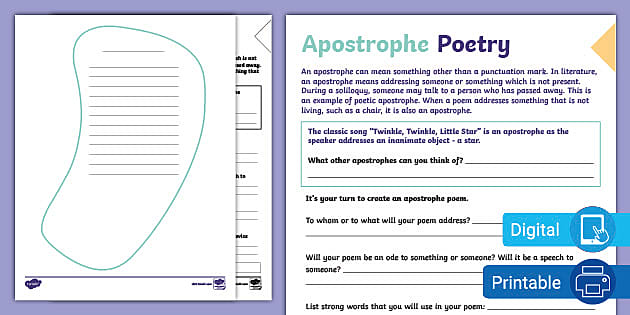


We’ve created this simple learning guide to help clear up all of the different questions and queries you might have about apostrophes. This small piece of punctuation can actually be really difficult to get your head around, but after a few examples and explanations we’re sure you’ll be a pro!
In this teaching wiki, we’ll explore just what an apostrophe is, where you’ll use them in you’re writing, and why they’re so important to get right. We’ll also show you some examples of apostrophes in use, and we’ll point you to some of our favorite resources to help you practice.

An apostrophe is a type of punctuation that has two separate uses in English. It can show:
While this can seem very simple at first glance, there are actually a number of rules that can cause some confusion around apostrophe usage - we’ll look at these in a bit more detail below!
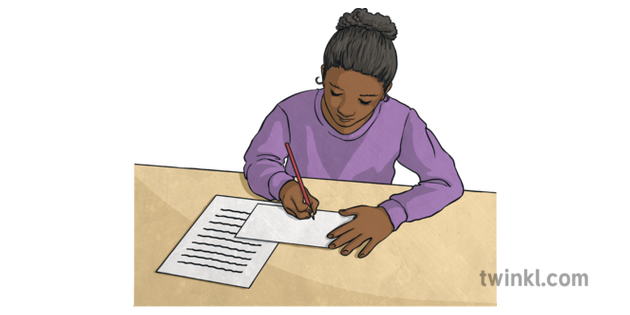
Often when you’re writing, you’ll come across combinations of words that seem a bit formal. That’s because we often shorten some word combinations into a simpler word, called a contraction - we’re even using them now!
Contractions occur when we take one or more letters out of word, otherwise known as omission. To show that we’ve removed some letters, we replace them with an apostrophe to let the reader know. Check out the table below to see some common examples of contractions, and make sure to look at the letters that are being removed.
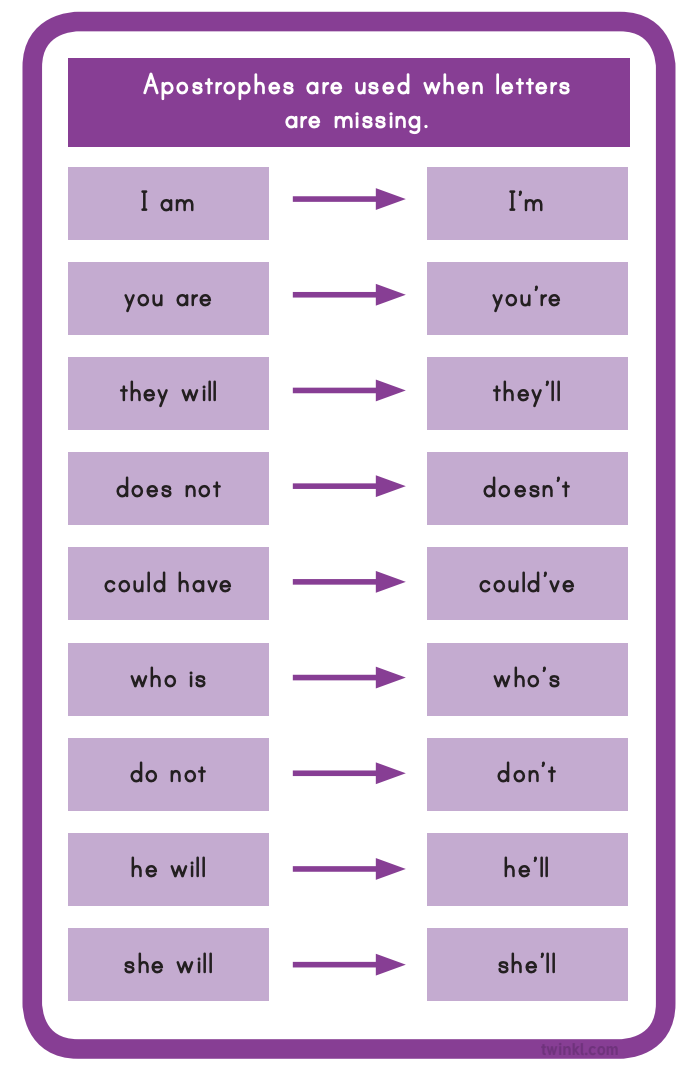
Can you think of any other contractions that you might use in your day-to-day lives? We often tend to use them without even realizing it, especially when we’re speaking out loud. This is why it’s so important to pay attention when you’re writing, as some words might be contractions without you even realizing it!
If you’d like to get a little more practice with using apostrophes for contractions, have a go at this fun starter quiz - it’s a great refresher including lots of simple questions and tasks to get you thinking about the different contractions that we use.
We also use apostrophes to show possession - meaning when something belongs to someone or something. Any time we want to show that a noun belongs to someone, we can use an apostrophe and an ‘-s’ to show ownership. For example…
As you can see, even inanimate objects can have possession over other objects. In the example above, the room has possession over the lights as they are in that room - they belong to it.
So far, so simple, right?
Well, things can start to get a little confusing when we start working with plural nouns. On most occasions, a plural noun will already end with an -s. On these occasions we simply add the apostrophe to the end of the word, but don’t add the final -s that we used in the examples above.
However, if a noun isn’t plural but ends with -s, you can still add the final -s to show possession. For example:
For more practice with possessive nouns, why not have a go with this fun worksheet? It includes lots of practice questions for you to have a go at yourself!
One of the most common mistakes when it comes to using apostrophes is knowing the difference between “its” and “it’s” depending on the context.
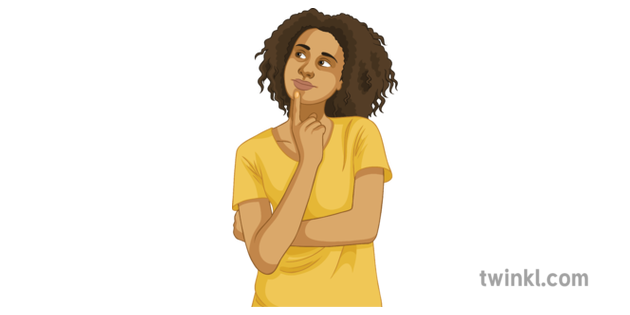
If you want to use a contraction of “it is” or “it has”, then you’ll need to use “it’s” where the apostrophe shows the omission of letters.
The confusion occurs when we look at the possessive determiner “its”, as you would usually expect an apostrophe to be used to show possession. However, in this case we leave it out so that a reader can tell the difference between the two words.
Hopefully you now feel more comfortable using apostrophes in your writing, and you have a better understanding of how and why we use them.
If you need some extra support with this tricky piece of punctuation, or you want to teach your students all about apostrophes, then check out some of our amazing teaching resources on the topic!
This Apostrophe Flow Chart is a great reference tool for kids to refer to as they take on creative writing tasks!
Our Apostrophes Worksheet is a great way to test your students' knowledge about apostrophes and the different ways we use them!
Explore the other meanings an apostrophe can have with our Apostrophe Poetry Activity, looking at the uses of apostrophes as a literary device!
 Home
Home  Membership
Membership  Customer Support
Customer Support  Create
Create  Blog
Blog 

